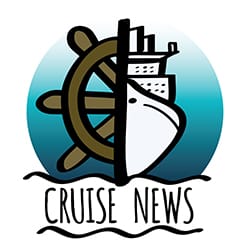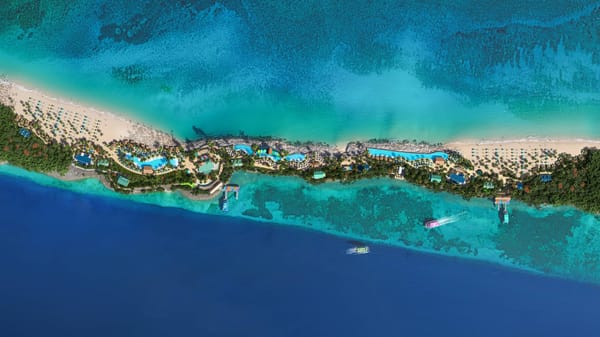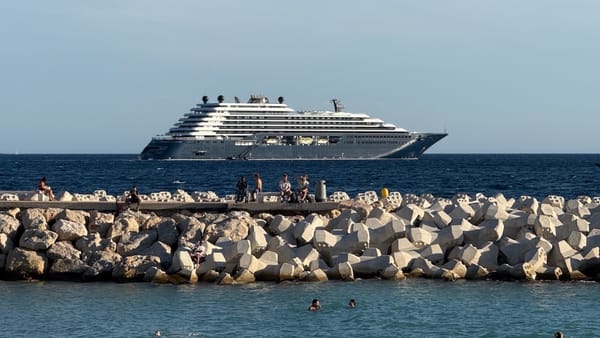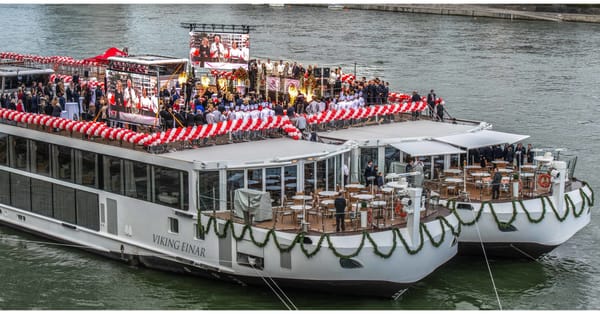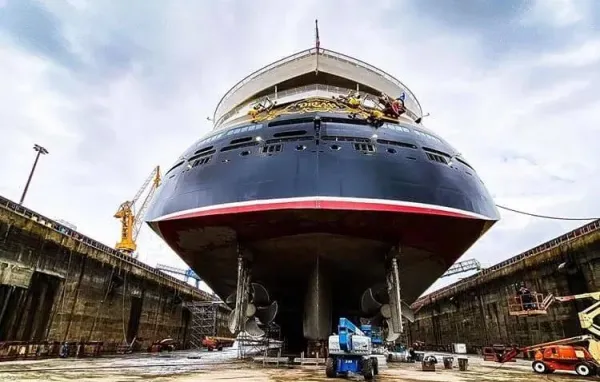Norwegian Cruise Line Faces Lawsuit Over Horseshoe Bay Drowning Incident
The lawsuit against Norwegian Cruise Line following a drowning at Bermuda’s Horseshoe Bay raises broader questions about cruise operator responsibilities and transparency regarding shore excursion risks.
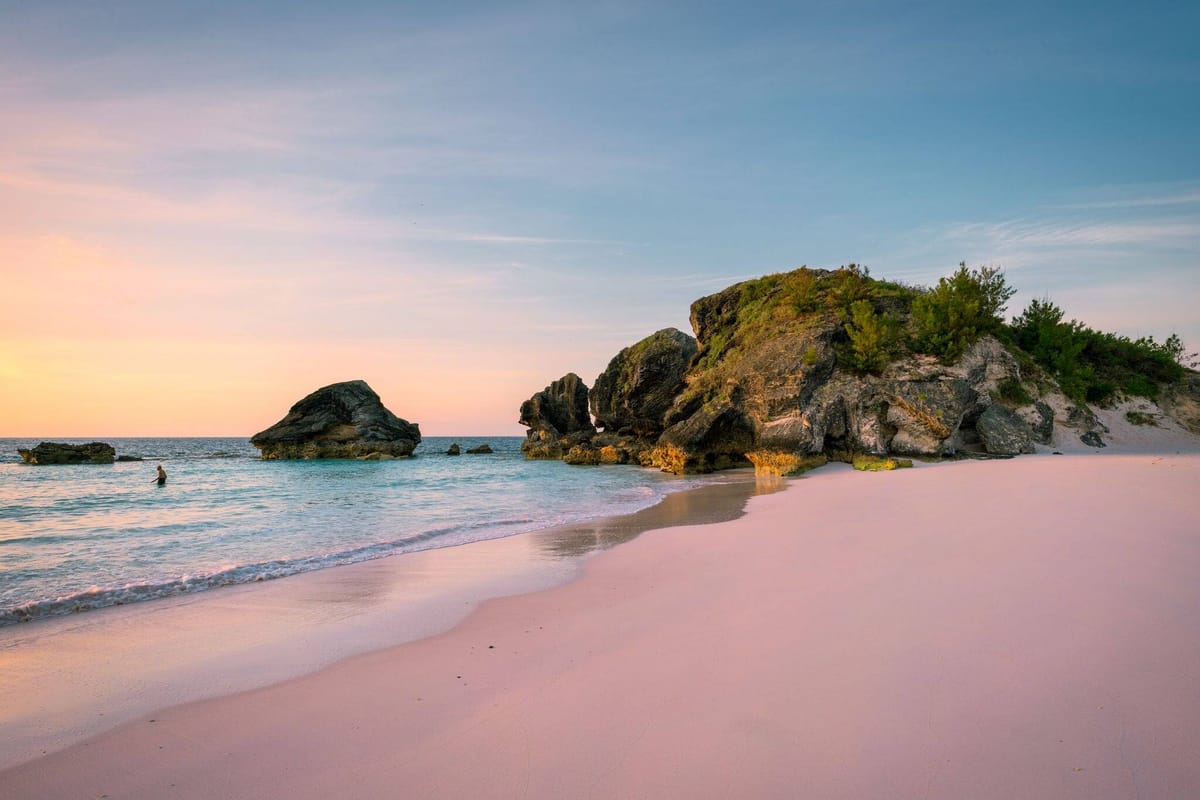
A negligence lawsuit has been filed against Norwegian Cruise Line (NCL) following the March 27, 2024, drowning death of Hyon Duk Shin during a shore excursion at Bermuda’s Horseshoe Bay. The suit accuses NCL of failing to warn guests of potentially dangerous conditions at the beach, including rip currents, and raises broader concerns about cruise line accountability and guest safety during excursions.
Details of the Incident
Shin and his family, comprised of his wife, Yanli Gong, their two sons (ages 7 and 9), and Shin’s mother, Kwang Shin, were vacationing on a seven-night Bermuda cruise aboard Norwegian Getaway. The family had booked an excursion to Horseshoe Bay, a beach renowned for its pink sand and snorkeling opportunities.
On the day of the incident, rip currents created hazardous swimming conditions. While snorkeling, Shin noticed a young girl being swept away by the strong currents and swam out to rescue her. Though he succeeded, he was overwhelmed by the powerful waters himself. A bystander brought Shin ashore and attempted resuscitation, but he was pronounced dead at the scene. Tragically, Shin’s two young sons witnessed their father’s drowning, casting a long shadow over the family’s vacation.
Allegations in the Lawsuit
The lawsuit, filed on June 10, 2025, claims that Norwegian Cruise Line misled guests by marketing the Horseshoe Bay excursion as an easy beach outing suitable for families without warning of hazardous rip currents or disclosing limited lifeguard coverage during the off-season. The family also alleges the cruise line failed to inform travelers about prior safety incidents at Horseshoe Bay, including previous drowning deaths.
According to the complaint, the cruise line’s lack of transparency regarding safety risks significantly influenced the family’s decision to book the excursion. They argue clear warnings would have likely deterred them from participating. The filing also notes that NCL continues to advertise the excursion without hazard warnings on its website, offering general tips on what to bring without specific details about rip currents or the seasonal absence of lifeguards.
Industry Responsibility in Guest Safety
The tragedy highlights broader questions about the complex landscape of safety responsibility for cruise lines and local authorities regarding shore excursions. Cruise lines often rely on third-party operators to facilitate these experiences but typically emphasize that guests participate at their own risk. However, the lawsuit claims that NCL failed in its duty to provide sufficient warnings, misleading the family into believing the excursion posed minimal risks.
Some critics argue that maintaining beach safety is the responsibility of local authorities in Bermuda, where lifeguard services are known to be seasonal at locations like Horseshoe Bay. Bermudan authorities encourage beachgoers to follow posted flags and advisories, warning that ocean conditions can shift rapidly and that rip currents, powerful channels of water, can endanger even experienced swimmers.
Industry trade group Cruise Lines International Association (CLIA) acknowledges that safety is the highest priority for its member lines. It works with local excursion operators to ensure compliance with safety standards, yet tragedies tied to shore excursions have drawn public scrutiny, leading many to question whether operators should provide additional oversight regarding destination-specific risks.
Potential Implications for the Cruise Industry
The lawsuit against Norwegian Cruise Line underscores the complex balance between offering unique travel experiences and prioritizing passenger safety. The outcome could prompt the industry to reassess how it markets excursions, particularly those involving beaches or water-based activities, and it may lead to increased emphasis on transparency and clearer safety warnings.
Legal experts note that the case raises important liability questions, including what risks cruise operators should disclose and how well those warnings should communicate potential hazards to varied clientele, particularly families with children and guests unfamiliar with open-water swimming. Provisions such as stronger pre-excursion briefings, visible on-site warnings, and more prominent safety messaging in marketing materials may result from this case.
While some argue that personal responsibility remains a critical aspect of safety on shore excursions, others stress that cruise lines owe their guests thorough communication about known risks at popular excursion destinations. Lawsuits like the Shin case may also encourage broader collaboration between cruise operators and local authorities to better manage safety risks and ensure visitors have realistic expectations of excursion environments.
NCL Response
As of publication, Norwegian Cruise Line has not issued a specific comment about the lawsuit or indicated any changes in its approach to marketing excursions to Horseshoe Bay. While the beach outing remains listed on NCL’s website, it does not include detailed warnings about rip currents or seasonal lifeguard availability.
The case has sparked debate among travelers and industry commentators. While some emphasize the need for cruise companies to provide clearer hazard disclosures, others argue that individual passengers bear responsibility for their own safety by assessing conditions and adhering to local advisories.
Frequently Asked Questions (FAQs)
What led to the drowning incident at Horseshoe Bay?
The drowning occurred when Hyon Duk Shin attempted to rescue a young girl who was being pulled out by dangerous rip currents while snorkeling during an excursion at Horseshoe Bay. Although he successfully saved the girl, Shin was overcome by the powerful currents and could not be revived after being brought ashore.
What are the main allegations in the lawsuit?
The Shin family’s lawsuit alleges Norwegian Cruise Line failed to provide sufficient warnings about the unsafe conditions at Horseshoe Bay. They claim the excursion was misleadingly marketed as safe for families, with no mention of hazardous rip currents, limited lifeguard coverage in the off-season, or prior drowning incidents.
How does the industry typically handle excursion safety?
Cruise lines generally emphasize that shore excursions are undertaken at guests’ own risk, partnering with third-party tour operators and providing general safety guidelines. However, cases like this highlight the fine line between cruise company liability and local government responsibility for public safety at tourist destinations.
Will Norwegian Cruise Line change its excursion marketing due to this case?
While there are no current changes in NCL’s Horseshoe Bay excursion listing, the company could face pressure to provide more comprehensive warnings about the risks posed by rip currents, seasonal lifeguard availability, and ocean conditions. The outcome of the lawsuit may impose broader industry-wide changes.
What can travelers do to stay safe during shore excursions?
Visitors should be aware of local conditions, follow posted advisories, and avoid entering the water when currents are strong or lifeguards are unavailable. For families, bringing flotation aids for children and staying in designated swimming areas can reduce risks.
